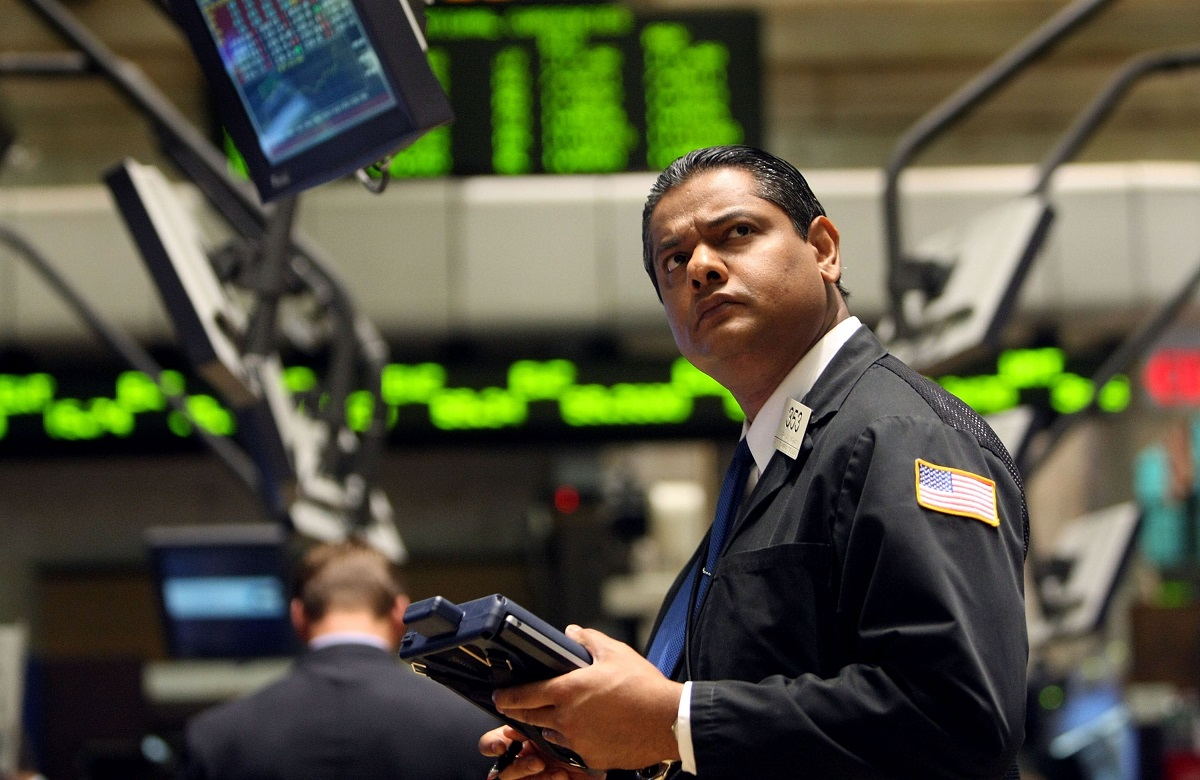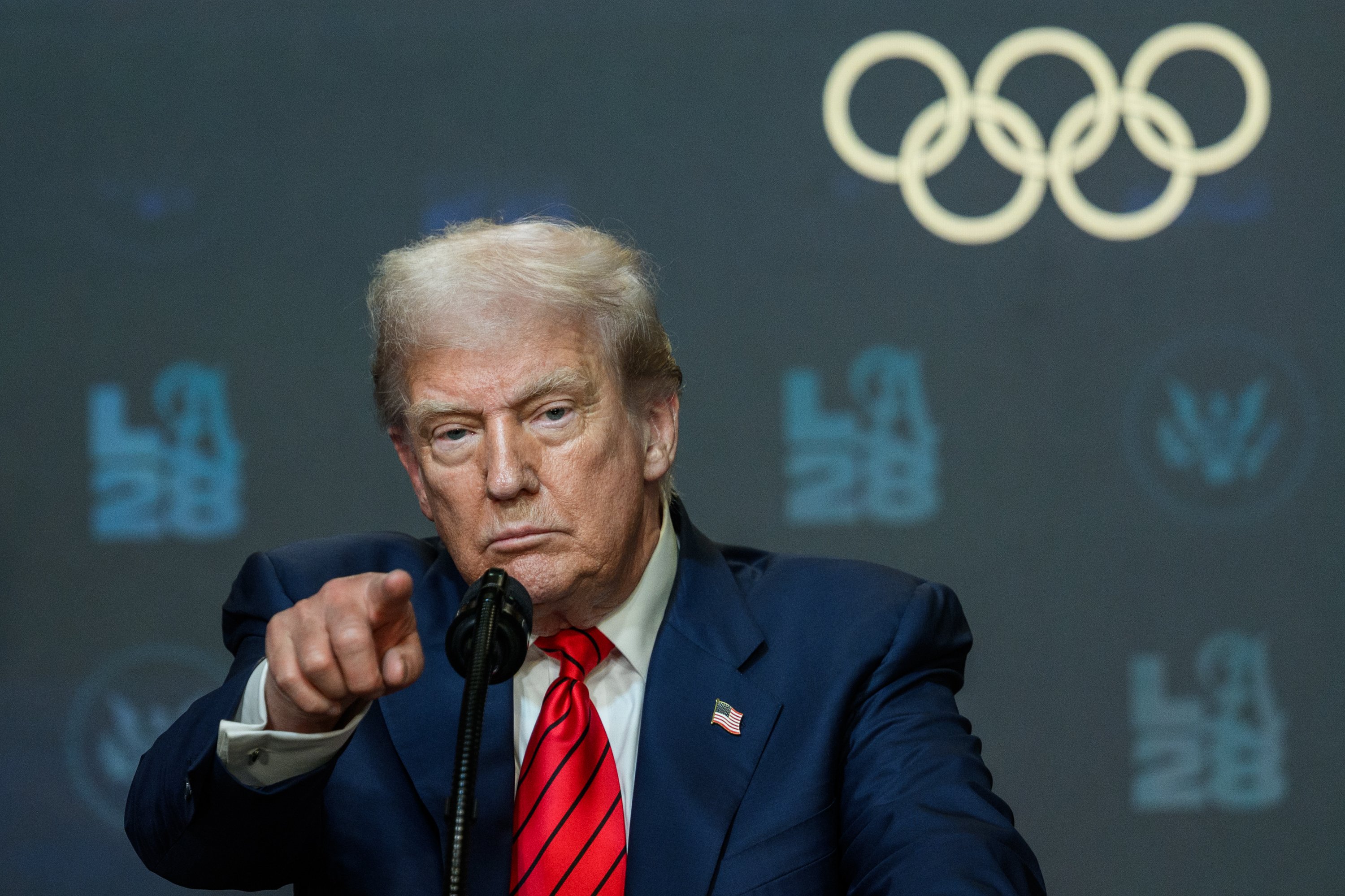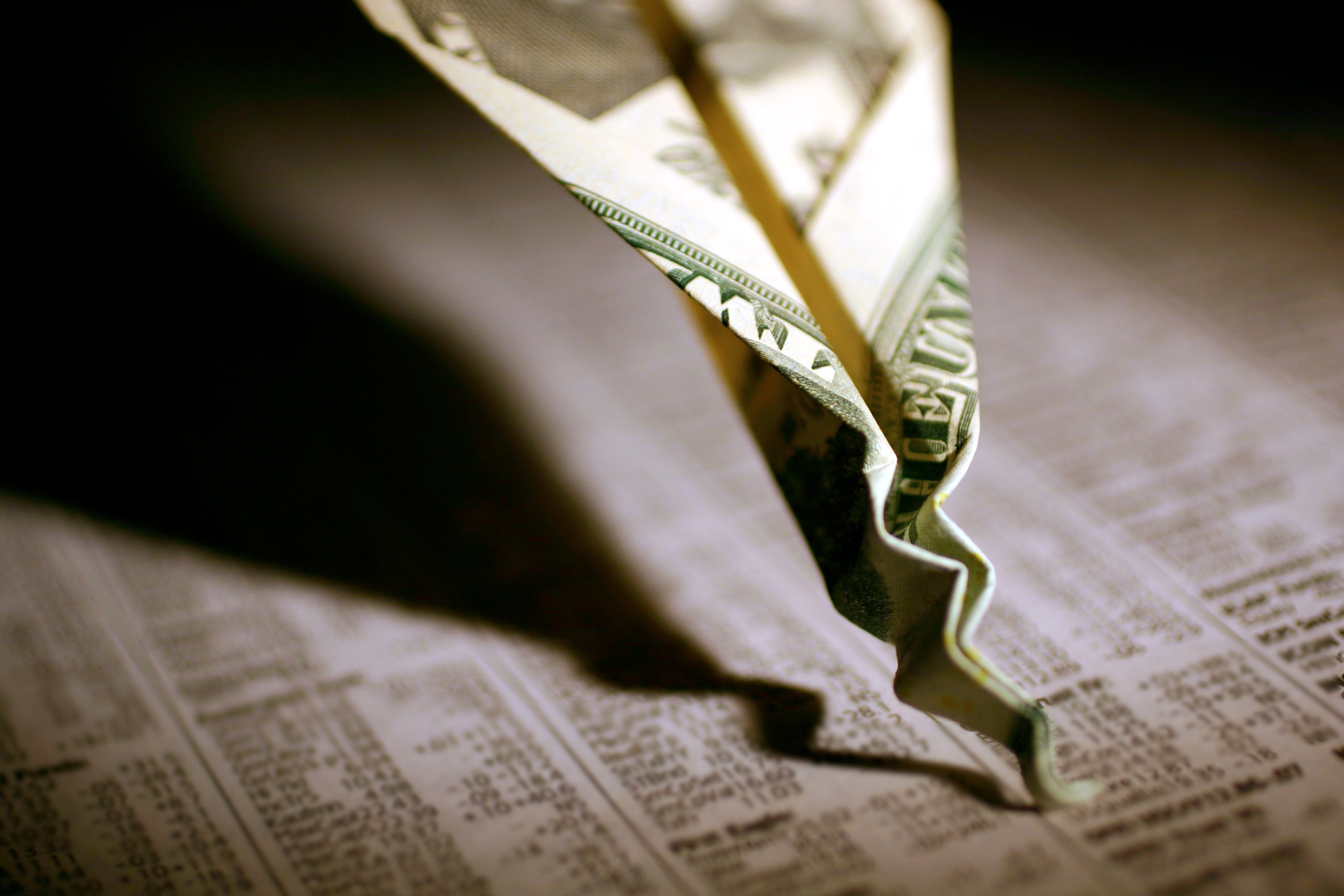For all intents and purposes, it's been an incredible five-year run for the U.S. markets. The Dow Jones Industrial Average is close to 10,000 points above its recession lows, the S&P 500 (^GSPC 0.06%) has rallied around 150% from its lows, and the Nasdaq Composite has more than tripled putting it within striking distance of its all-time high set more than a decade ago.
Yet, what you probably don't know is that corporate America probably pulled the rug right out from under you last year and you didn't even notice.
A dearth of growth
According to research firm FactSet, growth in the broad-based S&P 500 is anemic at the moment. Estimated EPS growth in the first quarter is expected to be flat with nine of 10 sectors revising their estimates down over the past couple of weeks. In fact, FactSet's Earnings Insight (link opens a PDF) release notes that in the first quarter a whopping 90 companies issued negative EPS guidance while a mere 17 issued positive EPS guidance. Still, 71% of S&P 500 companies beat their EPS estimates during Q1, and 62% topped their revenue growth expectations, thus pushing the index ever higher.
A significant part of this growth, however, has come in the form of corporate buybacks and cost-cutting. There's absolutely nothing wrong with cost-cutting in that it helps to improve margins and causes a business to streamline its operations.
Share buybacks, though, don't exactly have the best track record of enhancing shareholder value. Take Hewlett-Packard (HPQ 1.16%), for example, which is in the midst of a multi-year turnaround campaign to position the company for growth in the cloud. It pays a somewhat pedestrian 1.8% yield and is valued at a minuscule eight times forward earnings. But, between 2004 and 2012 it repurchased $61 billion worth of its own shares. Hewlett-Packard's current valuation today: $61 billion!
The buyback conundrum
Share buybacks, in their simplest form, work by reducing the number of shares outstanding to give companies a way of boosting their EPS and making the company appear cheaper on a valuation basis. They're also often touted as a way of rewarding shareholders for investing in a company.

Source: Tax Credits, Flickr.
The other method that corporate America uses to reward shareholders are dividends. Dividends are merely shared profits divvied out to investors on a quarterly, semi-quarterly, annual, or one-time basis to reward shareholders for investing in a company. Unlike share buybacks, shareholders see a tangible return in their pocketbook or portfolio from a dividend payment.
It's for that reason that I much prefer when companies are beefing up their dividend payouts to attract investors, especially in this low interest rate environment, and holding off on boost share buybacks to mask slow growth or boost their EPS. What we're seeing right now is almost the exact opposite.
Two for me, none for you
Based on FactSet's Dividend Quarterly publication, also released in March, dividends have accounted for $330.8 billion in aggregate payouts over the trailing 12-month period for the S&P 500. On a per-share basis this was actually a solid improvement off 11.8% over the prior year; however, the number of dividend payers within the S&P 500 fell for the first time in four years to 418 of 500 companies from 420. The overall yield of the S&P 500 remained stable around the 2% mark as well.
Now, let's compare this to the aggregate of $475.6 billion in share repurchases that S&P 500 companies added in 2013 based on data from S&P Dow Jones Indeces.
Source: S&P Dow Jones Indices; all figures in billions of U.S. dollars.
This marked an increase of 19.2% from 2012 and 17.4% from 2011 levels. With the exception of 2007, which came in at just over $589 billion, this was the second-largest year for buybacks on record -- and it came right when top-line growth for a number of companies was slowing.
Put another way, investors were deprived of potentially receiving $475.6 billion in dividend income which could have added an additional $49.75 in dividend income per share to the $34.80 12-month payout that investors had received. This would have boosted the S&P 500's yield to approximately 4.5%. Keep in mind this figure includes the some 82 companies that currently don't pay a dividend and it would still equate out to a Treasury bond-topping yield!
One of the biggest offenders comes from the pharmaceutical sector: Pfizer (PFE 0.83%). Based on its fourth quarter and annual report filed in January, Pfizer repurchased $16.3 billion in its common stock last year, reducing its year-over-year share comparison by 862 million shares on a diluted basis in the fourth quarter. Had Pfizer instead chosen to pay this $16.3 billion as a dividend and not purchased a single share of common stock in 2013, investors would have wound up with $2.20 per share in their pocket on top of the $0.96 shareholders received last year in dividends. Added up, that's $3.16 per share, or nearly a 10% yield based on Pfizer's current price. That would certainly make an estimated 3% decline in its top-line appear tolerable this year.

Source: Images Money, Flickr.
Another primary offender is telecommunication giant AT&T (T 1.01%) which repurchased 366 million shares in 2013 worth $13 billion. Using a similar hypothetical scenario as with Pfizer and assuming that AT&T instead chose to pay this $13 billion to shareholders, investors would have seen an additional $2.33 per share come their way. This would have been in addition to the cumulative $1.80 per share it paid out last year. Based on AT&T's current price that $4.13 in payouts could have yielded investors about a 12% yield! Instead, AT&T shares have spent much of the past 12 months trending lower with revenue set to inch higher by just 2% in 2014.
Corporate America has it backwards
Although I wouldn't go so far as to say that share buybacks are bad, because they do serve a purpose in certain market environments, a low interest rate environment like we're in now is the perfect time for enterprises to be boosting their yield and attracting investors. By instead choosing to inflate buybacks at a considerably faster rate than dividend growth corporations are making it very clear that they believe masking their lack of EPS growth is more important than rewarding shareholders at the moment. This is a dangerous game to play for corporations and investors; and it's one that came to head back in 2007. Might this be the warning sign that what happened in 2007 could happen again? I'll let you decide the ultimate answer to that question.










